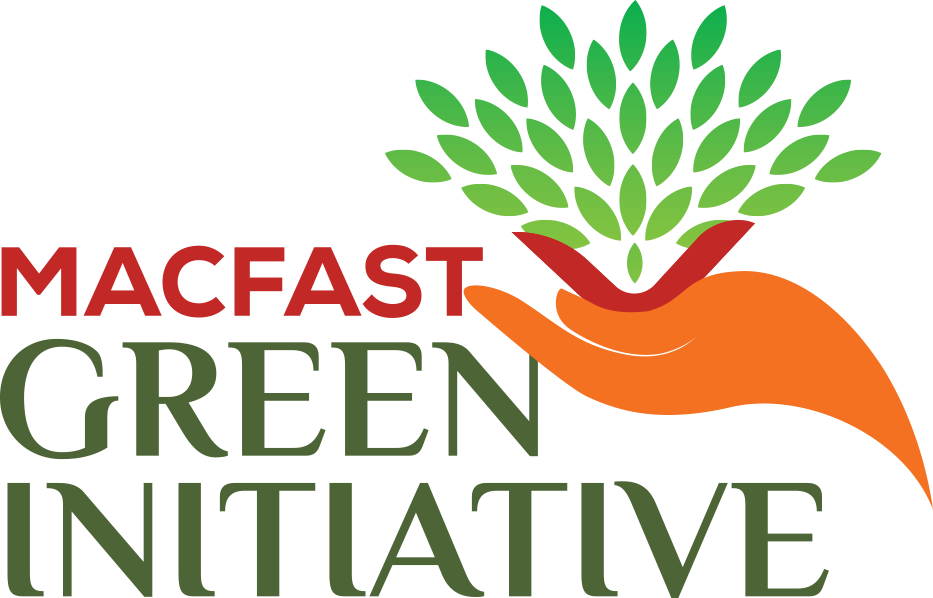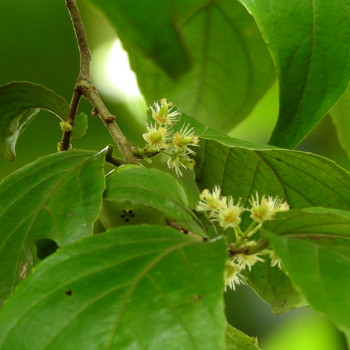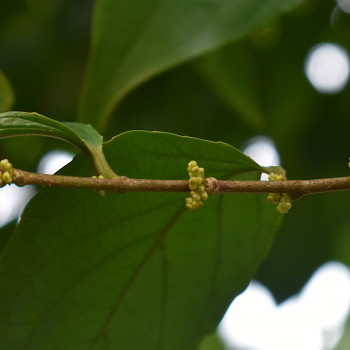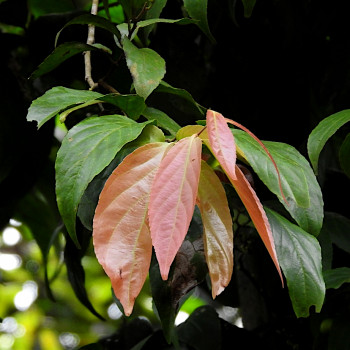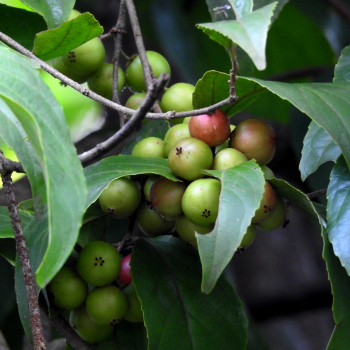Lavalolikka
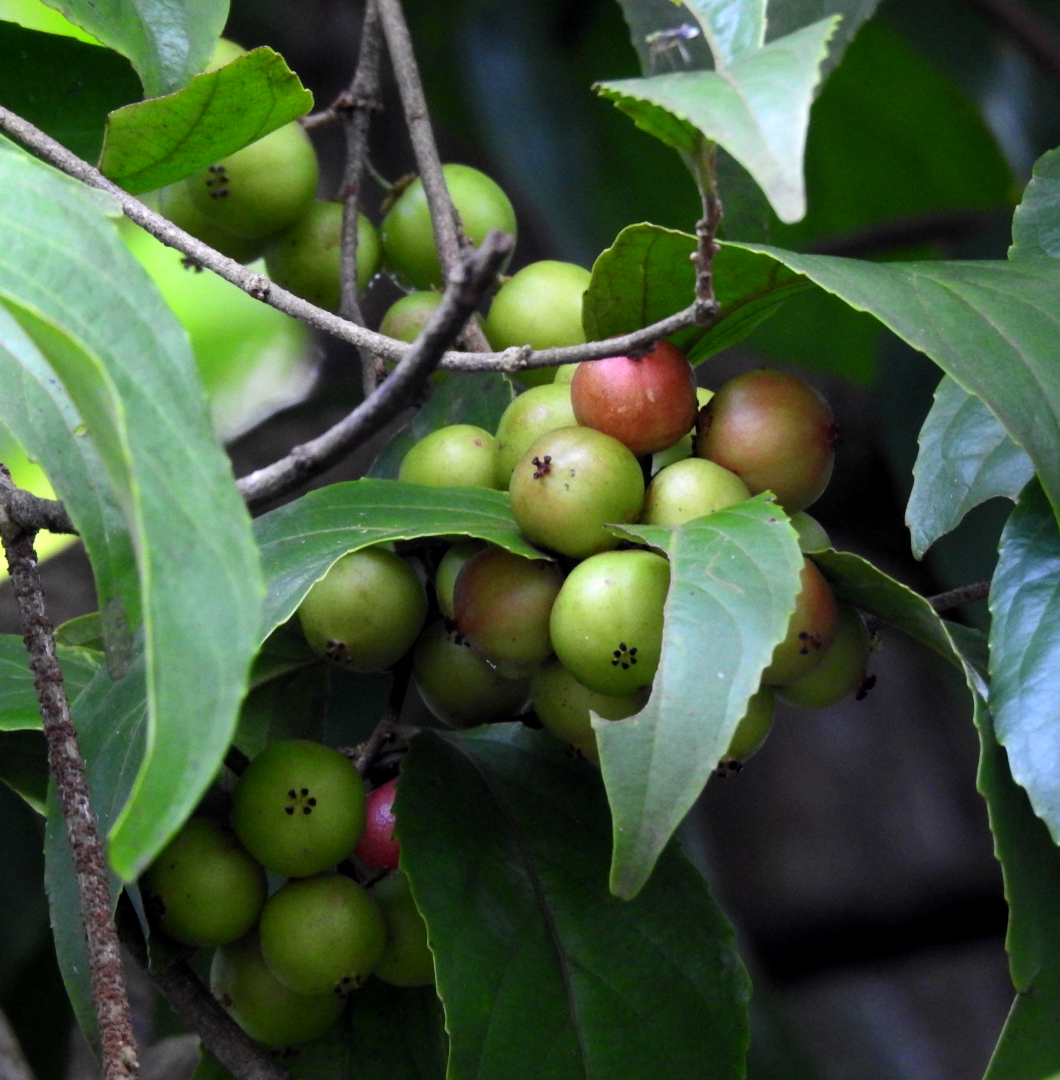
Scientific Name :
Flacourtia jangomas (Lour.) Raeusch.
Synonym(s) :
Flacourtia cataphracta Roxb. ex Willd.
Local/Common name(s) :
Lavalolikka
Family :
Flacourtiaceae
Habit :
Tree
Flowering/Fruiting Time :
November-April
Habitat :
Cultivated
Endemic :
No
Status (IUCN) :
Distribution :
Widely cultivated in South East Asia and East Africa
Nativity :
Indigenous
Uses :
Food
Description (Morphology) :
Small trees, 5-10 m high, dioecious; trunk and old branches thornless; young branches with simple or branched thorns, white-lenticelled, puberulous; bark pale brown to copper-red. Leaves alternate, oblong-ovate to lanceolate, rounded to broadly cuneate at base, subserrate or crenate at margin, obtusely long acuminate at apex, 4-9 x 2.5-5 cm, membranous to chartaceous, glabrous, pinkish brown when young; lateral nerves 4 or 5 pairs; petioles 4-7 mm long, glabrescent. Flowers in axillary, subcorymbose racemes; pedicels very slender, 5-10 mm long. Disc faintly lobed, fleshy, white or orange-yellow. Male flowers: Buds globose, ca 2 mm; stamens numerous, free; filaments ca 2.5 mm long, glabrous; anthers ellipsoid, versatile, extrorse; pistillode absent. Female flowers: Buds ovoid, ca 2.5 mm long; ovary flask-shaped to subglobose, incompletely 4-6 loculed by false septa; ovules 2 in each locule; styles as many as locules, connate at base, recurved and 2-lobed at apex; stigmas 4-6, dilated; fruit a berry, subglobose, angled, apiculate, 1.5-2.5 cm across, scarlet red or dark purple when ripe; stylar column persistent, conic, terminating in 4-8 minute stigmatic points; seeds 8-12, flat.
